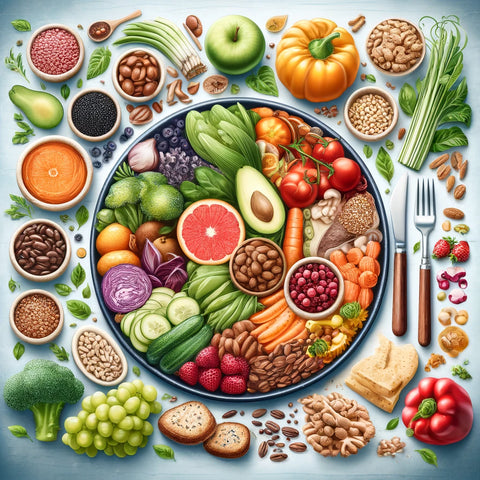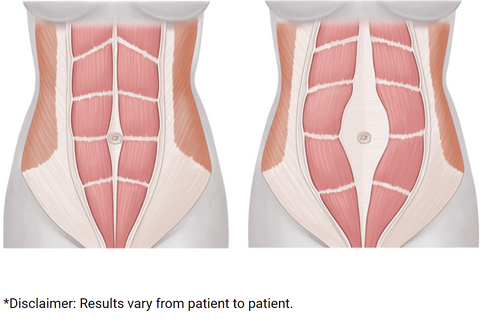What Foods Should I Consider For Diet For Diastasis Recti
Welcome to our guide on managing Diastasis Recti through diet. Protein plays a crucial role in tissue repair, making it essential to include in every meal. Zinc, vital for connective tissue production. Moreover, you can find them in foods like lentils, pumpkin, sesame seeds, sardines, tofu, red meat, poultry, oysters, and mushrooms. Let’s delve deeper into dietary choices that can aid in your journey towards recovery.
Diastasis Recti Foods to Avoid
Inflammatory foods such as sugar (especially high-fructose corn syrup and aspartame), alcohol, and caffeine. These foods can significantly further hinder the healing process of Diastasis Recti. These substances are nutritional detractors, potentially obstructing your path to recovery. Reducing or eliminating them from your diet can be a significant step further healing Diastasis Recti.
What Diet Can Worsen Diastasis Recti?
Some exercises, though routine, can exacerbate Diastasis Recti. Activities including crunches, sit-ups, pushups, press-ups, and front planks can increase abdominal separation. Even certain yoga poses, like downward dog, and exercises done on your hands and knees might worsen the condition. Being mindful of your fitness regime is key to managing and improving Diastasis Recti.
How Can I Flatten My Diastasis Recti?
Treating Diastasis Recti effectively involves gentle, focused exercises. Simple techniques like mindful breathing while maintaining a flat back can significantly aid the healing process. Performing these exercises for a few minutes daily can strengthen your core and promote recovery.
How Long Does it Take to Flatten Diastasis Recti?
Recovery times vary depending on the severity of the condition. A mild abdominal separation might heal within six months, while a more significant separation could take a year or longer. Patience and consistency in following appropriate exercises and a healthy diet is crucial.
Can Diastasis Recti Cause Gas and Bloating?
A bloated-looking belly is sometimes a symptom of Diastasis Recti. In such cases, we endorse professional consultation to pick out the best course of treatment. This may also include specific exercise or a tummy tuck treatment, depending on the severity.
Conclusion
Managing Diastasis Recti effectively involves a combination of a well-balanced diet and appropriate exercises. Avoiding inflammatory foods and incorporating protein and zinc-rich foods can significantly aid your recovery. Always consult with healthcare professionals for tailored advice and remember that recovery time varies depending on individual circumstances.
Common Questions Asked
Protein is essential for the repair of tissue, including the connective tissue affected by Diastasis Recti. Including a sufficient amount of protein in your diet can help the healing process of the abdominal separation.
Yes, it's advisable to avoid inflammatory foods such as sugars, particularly high-fructose corn syrup, artificial sweeteners like aspartame, alcohol, and excessive caffeine, as these can hinder the healing of Diastasis Recti.
While a specific diet won't worsen Diastasis Recti, poor nutrition can impede recovery. Diets high in inflammatory foods or lacking in essential nutrients needed for muscle repair might slow down the healing process of the abdominal muscles.
A balanced diet supports overall health, including the strength and recovery of the abdominal wall. Foods rich in zinc and protein contribute to tissue repair and help in strengthening the muscles, which can aid in closing the gap caused by Diastasis Recti.







